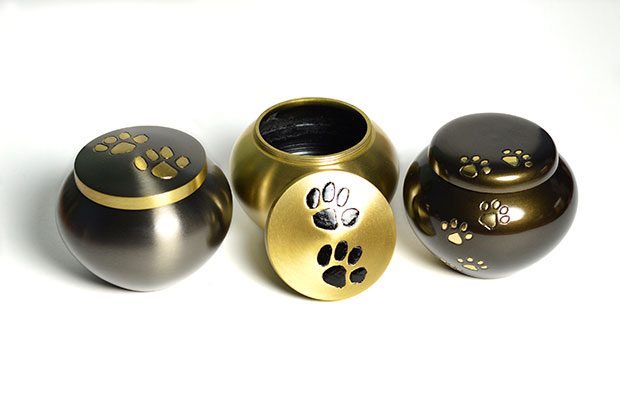When a pet dies, owners are faced with what to do with their pet’s remains afterward.
Veterinarians are the primary source of information that pet owners have when choosing pet aftercare providers.

Golden rule
Dr. Mary Gardner is the co-founder and chief information officer of Lap of Love, a network of veterinarians around the country with the goal of empowering all pet owners with supportive resources and reliable information focused on caring for geriatric pets. Dr. Gardner also owns a crematory, Monarch Pet Memorial Services in Boynton Beach, Florida.
She stressed the importance of the golden rule during the pet aftercare process—treat the client’s pet the way you’d treat your own.
“The important points when looking for a crematory are that you would feel comfortable with them handling your own pet, they have a protocol in place for tracking the pet through the entire process, and they take full responsibility if something goes wrong,” Dr. Gardner said.
Identification is of the utmost importance. When a pet dies, an identification tag needs to be filled out immediately and must always stay with the body. The tag should list the pet’s name, family name, species, breed, sex, color, and weight.
According to data from Lap of Love clients, 80% of families choose to have their pets cremated. Roughly half of clients select private cremation, while the other half opts for group cremation. Dr. Gardner has seen an increase in demand for aquamation, more commonly known as alkaline hydrolysis, an eco-friendly alternative to flame-based cremation, using flowing water and alkalinity to accelerate the reduction of the body to bone ash.
When clinic staff members receive the pet remains from the crematory, they should call the family right away and store the ashes somewhere safe. Veterinarians should set expectations appropriately for timing. Excellent customer service is key, particularly during this sensitive time for the family. Dr. Gardner said, “It’s not just handling the body, it’s handling the whole experience.”

AVMA resource
The AVMA offers a companion animal aftercare brochure (PDF) for veterinarians that offers more details about the handling of remains and the selection of aftercare providers.
According to the AVMA, veterinarians should “be aware of all legal restrictions relating to the disposition of remains, and counsel owners accordingly.” The AVMA also suggests that remains be inspected following postmortem procedures or aftercare and that consideration be given to what owners will see if they choose to view the remains. This inspection can also help to verify that the requested services have been properly executed.
Further, the AVMA brochure states, “Veterinarians should recognize that an owner’s attachment to an animal extends beyond death and that the sensitive handling of animal remains is an important aspect of veterinary practice.”
An article in the May 2000 issue of JAVMA emphasizes that veterinarians have a humanitarian and economic concern for the way cemeteries and crematoriums handle deceased pets. Veterinarians need to take care in selecting crematoriums and cemeteries with whom they do business, so that both they and their clients can be assured of the quality of their services.
Best practices
While there were more than 700 pet cemeteries in the country as of 2020, according to the Cremation Association of North America, the International Association of Pet Cemeteries and Crematories offers the industry’s only accreditation program with published and recommended procedures for every step of the pet cremation process.
The IAOPCC offers suggested guidelines for veterinarians looking for a pet aftercare facility, including choosing a facility that has an open-door policy with full transparency of operations, that provides full disclosure of the pet identification and tracking process with stated chain-of-custody practices, and that permits the pet owners to view or be present with their pet’s body before and during the cremation process.
Pet aftercare providers that become accredited through the IAOPCC commit to following more than 300 standards of best practices in pet aftercare. The IAOPPC provides a member directory to verify that a pet cemetery or crematory is accredited.
“Through the IAOPCC’s accreditation program, pet aftercare facilities establish standards and procedures for pet identification and continual tracking throughout the cremation process, including transportation from and to the veterinary hospital,” Bethune said, adding that ongoing communication and full transparency to the veterinary hospital and pet owner is important throughout the process.
